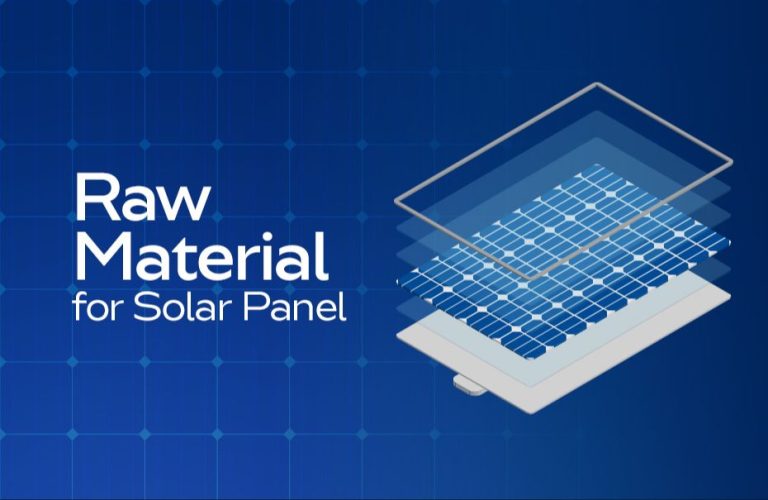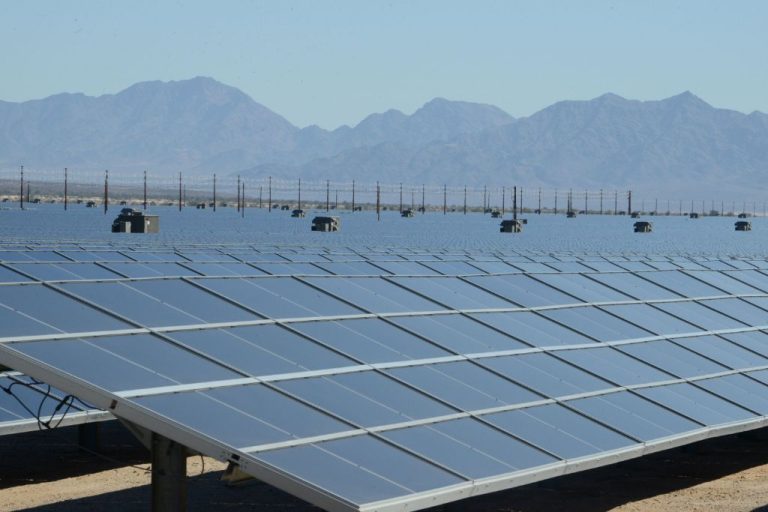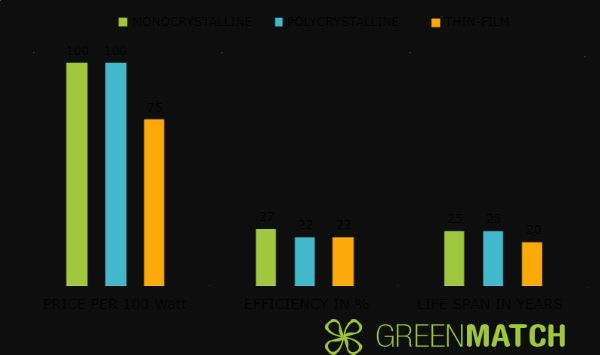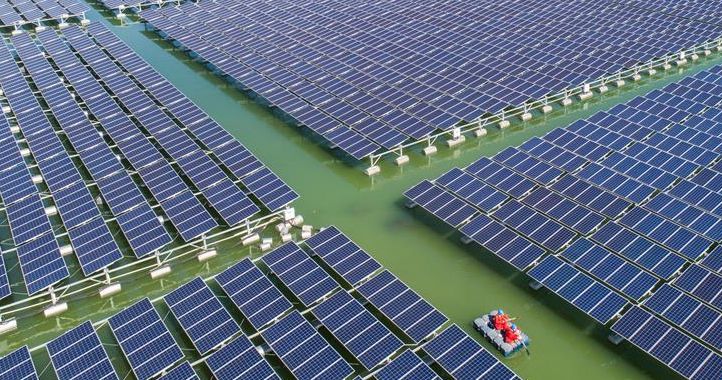What Are 3 Solar Facts?
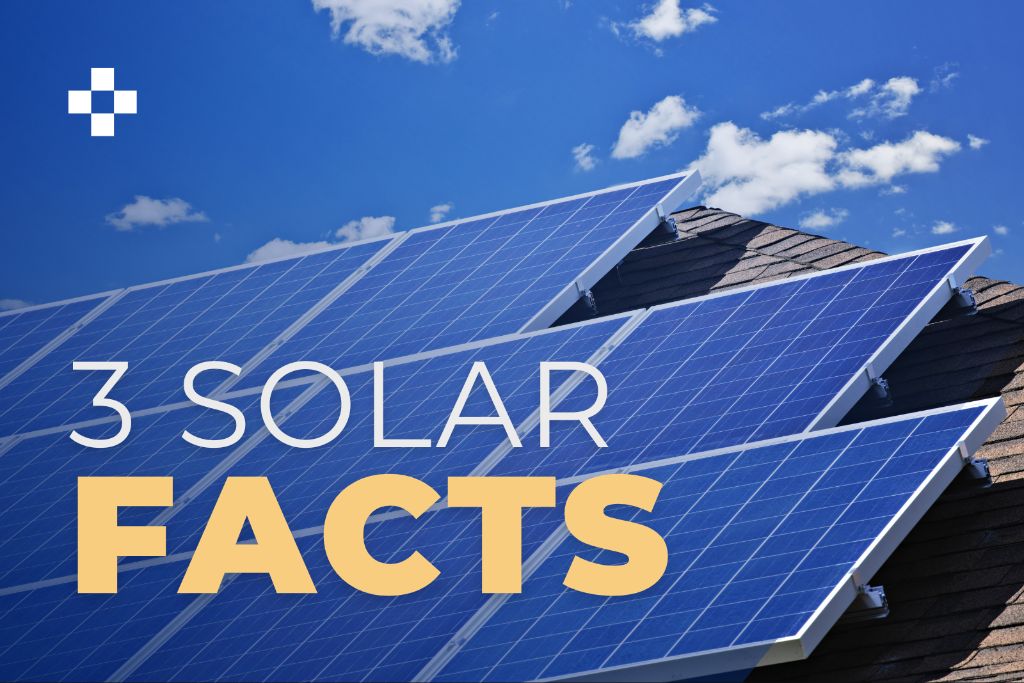
Solar energy is the radiant energy from the sun that is harnessed using various technologies like solar heating, photovoltaics, and others. With concerns about climate change and fossil fuel depletion, solar energy has emerged as an important renewable energy source. Understanding the key facts about solar energy is crucial as we transition our energy systems to be more sustainable.
Solar Energy is Renewable
Renewable energy comes from natural sources that are constantly replenished. Some examples of renewable energy sources are sunlight, wind, water, and geothermal heat. Solar energy is considered renewable because the sun’s rays are essentially limitless. The amount of solar energy that hits the earth’s surface every hour is greater than the total amount of energy the world uses in a year (1). Unlike fossil fuels which are finite resources, we can harness solar energy as long as the sun is shining.
Solar energy technologies use the sun’s energy and light to provide heat, light, hot water, electricity, and even cooling for homes, businesses, and industry. As long as the sun shines on our planet, we will have access to solar power and solar thermal technologies. This makes solar energy an excellent renewable resource to invest in and utilize. Renewable solar energy has little to no impact on the environment compared to fossil fuels and does not produce greenhouse gas emissions or toxic waste.
Source:
(1) https://www.nationalgrid.com/stories/energy-explained/how-does-solar-power-work
Solar Energy is Abundant
The sun provides an enormous amount of energy to the earth. According to the World Bank, the global technical potential for solar photovoltaic energy is over 23,000 terawatt-hours per year, which is far more than the global electricity consumption today (https://www.worldbank.org/en/topic/energy/publication/solar-photovoltaic-power-potential-by-country). Even just a tiny fraction of the solar energy that hits the earth would be enough to power the world. For example, the amount of solar energy that hits the Sahara desert in just 6 hours is equal to the total energy consumed by humans globally in one year. So there is an immense amount of solar potential globally that we have only begun to tap into.
Solar Energy is Clean
One of the biggest benefits of solar energy is that it does not emit any greenhouse gases or air pollution when generating electricity. Unlike fossil fuel power plants that burn coal, natural gas, or oil, solar panels simply absorb sunlight and convert it directly to electricity. According to the U.S. Energy Information Administration, solar energy technologies and power plants do not produce any air pollution or carbon dioxide emissions when operating [1].
The Union of Concerned Scientists notes that life cycle analyses show solar has far lower greenhouse gas emissions than fossil fuels. Solar panels themselves cause no emissions during operation. There are some emissions from manufacturing and installation, but these are minimal compared to burning fossil fuels. Overall, solar avoids 80-95% of the greenhouse gas emissions compared to coal power plants [2]. The Department of Energy agrees solar energy plays a critical role in reducing emissions and mitigating climate change as a clean, renewable power source [3].
In summary, utilizing solar energy to generate electricity provides huge environmental benefits by avoiding air pollution and greenhouse gas emissions that contribute to climate change and impact public health.
[1] https://www.eia.gov/energyexplained/solar/solar-energy-and-the-environment.php
[2] https://www.ucsusa.org/resources/environmental-impacts-solar-power
[3] https://www.energy.gov/eere/solar/solar-energy-wildlife-and-environment
Solar Energy Prices are Dropping
Over the last decade, the cost of solar energy has dropped significantly. According to a MIT study, the average price of solar panels declined by 90% between 2009 and 2019. The declining prices are driven by advances in solar technology and economies of scale as more solar is deployed globally. In certain parts of the world, solar energy is now cost competitive with fossil fuels.
The cost declines have been particularly sharp in the last few years. An analysis by the International Renewable Energy Agency found that between 2010 and 2020, utility-scale solar costs fell by 82% (pv-magazine). Residential solar saw slightly smaller declines of 71% over the same period, but the trend is consistent across market segments. Further innovation and scale are expected to drive costs even lower.
Solar Energy Can be Decentralized
One of the major benefits of solar energy is that it allows for decentralized, distributed power generation. Unlike traditional fossil fuel plants which are centralized and often located far from population centers, solar panels can be installed locally at homes, businesses, and communities. This decentralized model provides energy where it is needed, reducing the complex transmission infrastructure required to move electricity over long distances. Solar’s modular nature means systems can scale from a few kilowatts on a rooftop to utility-scale solar farms generating hundreds of megawatts.
Decentralized solar energy systems empower consumers to become producers as well (“prosumers”), enabling greater choice and resilience. If the centralized grid goes down, a home or business with solar panels and batteries can keep operating off-grid. Solar microgrids are emerging for neighborhoods, companies, universities, and remote locations. Overall, decentralized solar shifts the paradigm from centralized, top-down power to localized generation controlled at the edge.
Solar Energy Needs Storage
One of the challenges with solar energy is that it is intermittent – solar panels only produce energy when the sun is shining. This can lead to mismatches between solar energy supply and energy demand. Storage solutions help address the intermittency issue by capturing excess solar energy when production is high and discharging it when needed.
Batteries are a common storage solution used with solar panels. Lithium-ion batteries in particular have become more affordable and efficient in recent years. Companies like Tesla offer large-scale battery systems that can store solar energy for use at night or on cloudy days. Battery storage allows solar energy to be dispatchable and provides grid stability. According to the Department of Energy, coupling solar with storage provides greater grid flexibility and resilience.
Besides batteries, there are other ways to store solar energy. Thermal energy storage involves heating or cooling a storage medium so the stored energy can be used later for heating or power generation. Pumped hydro storage converts solar energy into potential energy by pumping water uphill, then allowing it to flow downhill to run hydro turbines when electricity is needed.
Ultimately, energy storage unlocks the full potential of solar power by addressing intermittency and making solar a reliable source of renewable energy.
Solar Energy Creation is Efficient
Modern solar panels can convert sunlight into electricity with high efficiency rates compared to older generations of panels. According to Wikipedia, research solar cells have achieved conversion efficiencies over 47%. Commercial monocrystalline silicon panels reach around 20% efficiency on average, while polycrystalline silicon panels are around 17% efficient. Newer technologies like perovskites and tandem cells have shown potential to reach over 30% efficiency.
Higher solar panel efficiency means more of the sunlight that hits the panels gets turned into usable electricity. So panels with higher rated efficiencies will produce more energy over the same surface area as lower efficiency panels. This makes solar panel efficiency an important consideration for both residential and utility-scale solar installations.
Solar Energy Needs Space
Utility-scale solar farms require significant amounts of land area in order to generate electricity at scale. According to Pivot Energy, community solar farms often need 10-20 acres or more depending on the size of the installation. The land requirements increase dramatically for larger solar farms aiming to produce hundreds of megawatts.
For example, First Solar states that a 50 MW solar farm requires around 250 acres of land. To put that in perspective, that’s over 187 football fields worth of space needed for just 50 MW. At the larger end, Cypress Creek Renewables notes that a 150 MW solar farm requires approximately 1,000 acres of land – over 748 football fields.
When planning a utility-scale solar farm, developers need to consider zoning regulations, proximity to transmission lines, solar irradiation levels, and other factors that affect siting. While solar panels don’t take up the entire acreage, there still needs to be adequate spacing between rows of panels to avoid shading. In addition, the scale of land required increases further when accounting for access roads, wiring, and peripheral land around the fenced area.
In summary, building solar farms at the scale needed to significantly impact renewable energy generation requires substantial land resources. This issue of space requirements is an important consideration as the solar industry continues expanding to meet energy demands.
Conclusion
In this article, we covered three important facts about solar energy:
Solar energy is renewable – It comes from the sun, which will continue shining for billions of years. This makes solar a sustainable long-term energy solution.
Solar energy is abundant – The amount of sunlight that hits the Earth’s surface in one hour contains more energy than the entire world uses in a year. Solar has huge untapped potential.
Solar energy is clean – Unlike fossil fuels, solar PV panels generate electricity with no air or water pollution. This helps combat climate change and improves public health.
The promise of solar power is clear. As costs continue to fall and technology advances, solar energy could feasibly meet a significant portion of the world’s electricity needs within the next few decades. With its renewable, abundant, and clean properties, solar has the potential to transform our energy system and build a more sustainable future.

